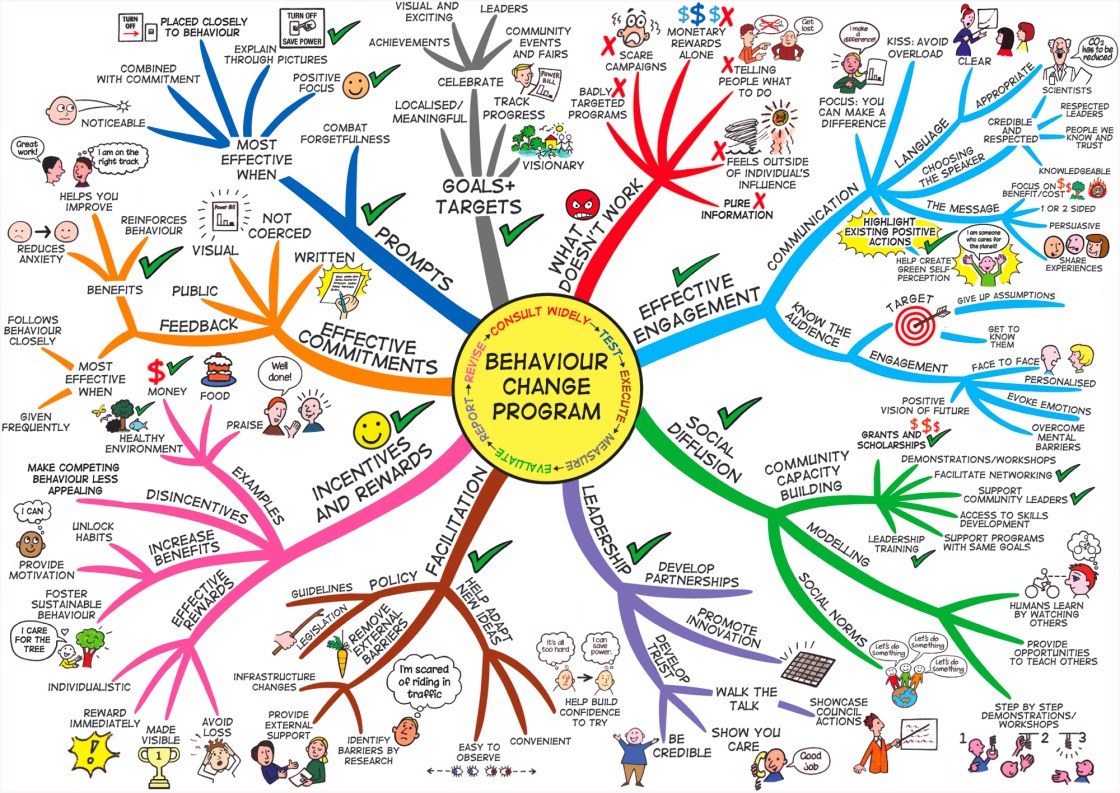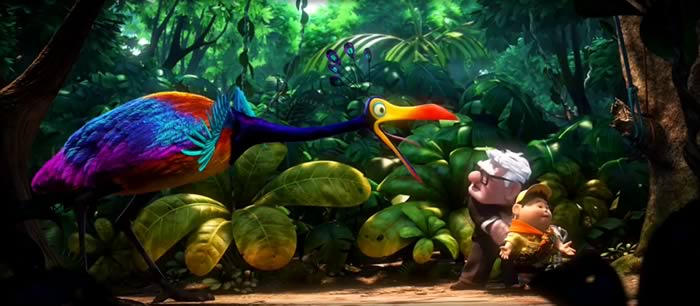I Putu Arik Budiarsana
serindingindah@gmail.com
serindingindah@gmail.com
Before the writer turns to write his paper, he must be in the brainstorming stage where he is supposed to generate ideas that will be developed further in his writing. What do you want your writing look like? How to develop the ideas? Those ideas might be encountered by the writer before he turns to pour his ideas into writing. To develop ideas well, the writer needs techniques rather than just listing the ideas that want to be developed.
Many techniques can be used to develop ideas. One of the techniques is by mind mapping the ideas. Mendoza (2010) defines mind mapping as a form of “creative note taking” that is used map out the ideas in a similar way of how human’s brain processes them. Earlier than Mendoza, Jones (2009) has actually argued that through mind mapping, a general interest will be focused and branched off into the specifics of that interest. Once being finished mapping the idea, the diagram of mind map will give a visual of different ideas that are the sub parts of a larger key idea. Fleming (n.d.) concludes that in the process of writing, mind map can be made use during brainstorming.
Mind mapping is very advantageous since it enables the writer to observe the relationship between ideas, and to ease him to classify certain ideas together as they proceed. Mind maps work well during the production of ideas, and make the task livelier and more enjoyable (Steele, 2005). In addition, mind map can also activate the right brain. Mind mapping apparently encourages right-brain thinking such as stream-of-consciousness, symbolic, ‘big picture’ oriented. It is better than lying out the ideas in a linear way, for example arranging concepts in a structured method, since the linear way leads our brain to be limited to the left-brain that is logical, ordered, and detail-ordered (Joy, 2011).
To use mind map, first of all, think the topic over and look for possible sub ideas and branches from the main topic. Afterwards, write what was thought onto a paper. Once being able to get some relationships connected, re-examining the relationship between ideas is considered important to avoid misconnection. Discussing it to other people can make the mind map grow with the increased input of new ideas (Mind Mapping Software Reviews, n.d.).
Steele (2005) adds that before the mind map is ready to be turned into writing, it is important to organize first the mind map. Organizing the mind map into a linear format eases the writer to decide the best way to present their points. The writer should first think about the overall structure such as the order in which to relay the information, and then focus on the precise function each paragraph will have in their final text, as this helps to clarify their writing.
Mind mapping is very advantageous since it enables the writer to observe the relationship between ideas, and to ease him to classify certain ideas together as they proceed. Mind maps work well during the production of ideas, and make the task livelier and more enjoyable (Steele, 2005). In addition, mind map can also activate the right brain. Mind mapping apparently encourages right-brain thinking such as stream-of-consciousness, symbolic, ‘big picture’ oriented. It is better than lying out the ideas in a linear way, for example arranging concepts in a structured method, since the linear way leads our brain to be limited to the left-brain that is logical, ordered, and detail-ordered (Joy, 2011).
To use mind map, first of all, think the topic over and look for possible sub ideas and branches from the main topic. Afterwards, write what was thought onto a paper. Once being able to get some relationships connected, re-examining the relationship between ideas is considered important to avoid misconnection. Discussing it to other people can make the mind map grow with the increased input of new ideas (Mind Mapping Software Reviews, n.d.).
Steele (2005) adds that before the mind map is ready to be turned into writing, it is important to organize first the mind map. Organizing the mind map into a linear format eases the writer to decide the best way to present their points. The writer should first think about the overall structure such as the order in which to relay the information, and then focus on the precise function each paragraph will have in their final text, as this helps to clarify their writing.
References
Fleming, G. (n.d.). Brainstorming Techniques. Retrieved December 4, 2011, from About.com: http://homeworktips.about.com/od/homeworkhelp/a/brainstorming.htm
Jones, S. (2009). Mind Maps – Brainstorming Tool for Ideas and Topic Focus. Retrieved December 3, 2011, from Spunky Jones SEO Blog: http://www.spunkyjones.com/mind-maps-brainstorming-tool-ideas-topic/
Joy, L. A. (2011). 5 Different Ways Writers Can Use Mind Mapping. Retrieved December 4,
2011, from Writing Thoughts: http://www.writingthoughts.com/?p=1188
Mendoza, M. (2010). Mind Mapping: Turning Ideas Into Content. Retrieved December 3, 2011, from PC Media: http://www.davidrisley.com/mind-mapping-turning-ideas-into-content/
Mind Mapping Software Reviews. (n.d.). Retrieved December 3, 2011, from Graphics.org: http://www.graphic.org/mind-mapping-software/
































0 comments: